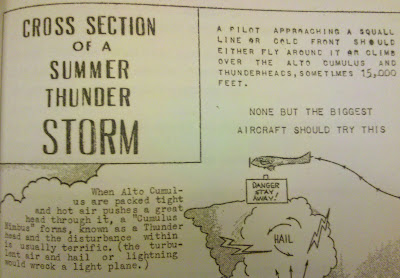The front of this old postcard contains a fairly mundane illustration titled "Autumn in Nebraska."
The fun starts on the back of the card. It was printed in Germany and is labeled as:
Post card - Carte postale
Weltpostverein - Union postale universelle
It was mailed with a 1¢ Benjamin Franklin stamp from Sea Isle City, New Jersey, at 2 p.m. on September 16, 1909.1 The recipient was Mrs. Mary Collins of Cape May County.
And here's the note, scrawled by a person whose name looks like "E.S. Wheaton":
Sea Isle City Sept 15, 1909It seems there have been numerous Mite Societies throughout the past 150 years or so. The search phrase "The Mite Society" gets 28,100 hits in Google. Many of them refer to church-based service groups. A June 26, 2008, article by Courtney Bonoyer in The Herald of Randolph (Vermont) states, in part:
Mrs. Kline said to me you wished to know when The Mite Society was organized, in the year 1865 just at the close of the war, with a membership of 65. I would like to know how many at the present time & what the finances show! from your friend E.S. Wheaton
"There are many different societies in the world. The better-known ones are the Elks and the Masons. There is a lesser known one out of Gaysville though, that’s all about doing good for others. It’s called the Mite Society.Here are a few interesting links about other Mite Societies:
"No, they aren’t talking about dust mites or anything like that—it’s not a bug society. The mite they are talking about is a coin. It comes from a story in the Bible about many rich people who went to church and donated a large amount of money, that to them was a drop in the bucket. However, a poor widow also gave what little money she had (a mite or two) and was revered for it.
"The Universalist Church formed the Mite Society in 1861; later on it was united with the Congregational Church. The Universalist Church disbanded and members of the Congregational Church ran the Mite Society from then on."
- Mite Society of the Methodist Church
- Dixon Then and Now: The Mite Society and its Charming Country Church
- History of Mount Olive United Methodist Church
Footnote
1. This also happened on September 16, 1909: Adolf Hitler, age 20, moved out of his lodgings at Sechshauserstrasse 58 in Vienna with his savings exhausted, no income and no forwarding address, then spent the next several months homeless. He would later describe autumn 1909 as "an endlessly bitter time." (Source: Ian Kershaw's "Hitler: A Biography," via Wikipedia)















